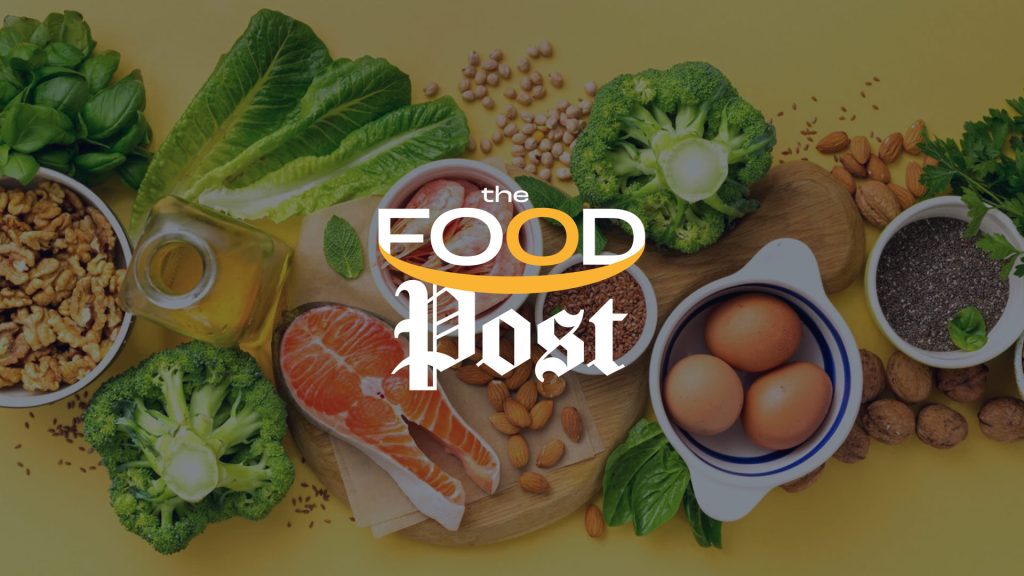Poultry producers will continue to be able to legally sell products contaminated with Salmonella now that the USDA has withdrawn a proposed regulation.
The “Salmonella Framework for Raw Poultry” had been in the works for years and was finally published as a proposed rule on Aug. 7, 2024. A public comment period was initiated, and extended, so all interested people and organizations could weigh in on the rule.
The USDA’s Food Safety and Inspection Service (FSIS) received 7,089 comments before the comment period ended on Jan. 17. All major poultry producers and most smaller ones submitted comments opposing the rule. Individuals, consumer rights organizations and food safety groups submitted comments in favor of the rule.
The proposed framework would have made it illegal to sell poultry products contaminated with one of three major serotypes of Salmonella. Public interest groups had positioned FSIS to ban more than 20 other serotypes known to cause human illnesses, but that petition was denied.
Poultry is the leading source of foodborne Salmonella infections, with such infections having increased steadily in the past decade. An estimated 195,634 illnesses are caused by Salmonella contaminated chicken, costing Americans $2.8 billion per year. The USDA’s withdrawal notice did not address those facts.
“The proposed framework was targeted at reducing Salmonellaillnesses associated with poultry products. The proposal announced FSIS’ proposed determination that raw chicken carcasses, chicken parts, comminuted chicken, and comminuted turkey products contaminated with certain Salmonella levels and serotypes are adulterated as defined in the Poultry Products Inspection Act,” the USDA said in its withdrawal announcement April 24.
“FSIS proposed to establish final product standards based on these Salmonellalevels and serotypes. FSIS also proposed to revise the regulations in 9 CFR 381.65(g) that require that all poultry slaughter establishments develop, implement, and maintain written procedures to prevent contamination by enteric pathogens throughout the entire slaughter and dressing operation to clarify that these procedures must include a microbial monitoring program (MMP) that incorporates statistical process control (SPC) monitoring methods, to require sampling at rehang instead of pre-chill, and to require that all establishments conduct paired sampling at rehang and post-chill.”
In withdrawing the Salmonella framework, the FSIS said it continues to support the goal of reducing Salmonella illnesses associated with poultry products. But, the agency said a number of comments raised issues that warrant further review.
Several public interest groups expressed concern about the withdrawal of the proposed regulation. The former USDA Deputy Under Secretary Sandra Eskin, who now serves as the CEO of STOP Foodborne Illness, said the withdrawal was premature, as well as reckless in terms of public health.
“Allowing more salmonella in poultry is simply going to make more people sick – especially the most vulnerable. How this is part of the MAHA agenda is beyond me,” food safety advocate and lawyer, Bill Marler noted.
“The decision to withdraw the SalmonellaPoultry framework sends the clear message that the Make America Healthy initiative does not care about the thousands of people who get sick from preventable foodborne Salmonella infections linked to poultry,” Eskin said.
“The proposal was developed with robust stakeholder input and the decision to withdraw it was made before FSIS even had an opportunity to review the extensive docket.”
The director of regulatory affairs for the Center for Science in the Public Interest, Sarah Sorscher, said the move to step back from making it illegal to sell poultry contaminated with Salmonella is a move toward more illnesses.
“The decision by the Trump administration to repeal that proposal will let poultry processors continue to ship raw chicken and turkey even after products test positive for high levels of the most dangerous strains of Salmonella,” Sorscher said.
“Make no mistake: Shipping more Salmonella to restaurants and grocery stores is certain to make Americans sicker.”
Former Deputy Under Secretary for Food Safety at the USDA Brian Ronholm is now director of food policy at Consumer Reports. He drew attention to an analysis by the organization earlier this year that detailed a large number of poultry plants with high levels of Salmonella contamination.
“The USDA’s decision is disappointing and troubling given the large number of poultry plants that have been found to pose a higher risk of triggering a Salmonella outbreak,” Ronholm said.
“Combined with recent staff and budget cuts, the delay in the implementation of the FDA’s food traceability rule, and the elimination of critical food safety advisory committees, the administration is sending the message that consumers will be on their own when it comes to protecting their families from foodborne illness.”
The USDA’s proposed regulatory framework for Salmonella in poultry would have declared any chicken or turkey product as adulterated if they contain Salmonella at or above 10 colony forming units (CFUs)/per millimeter or gram (10 cfu/mL(g)) and if they are contaminated with Salmonella strains of particular health concern for that commodity.
A 2022 Consumer Reports investigation found almost one-third of ground chicken samples tested contained Salmonella. Of those, 91 percent were contaminated with one of the three strains that pose the biggest threat to human health: Infantis, Typhimurium, and Enteritidis.
(To sign up for a free subscription to Food Safety News, click here)

